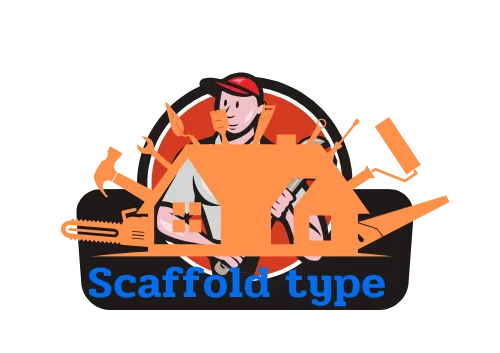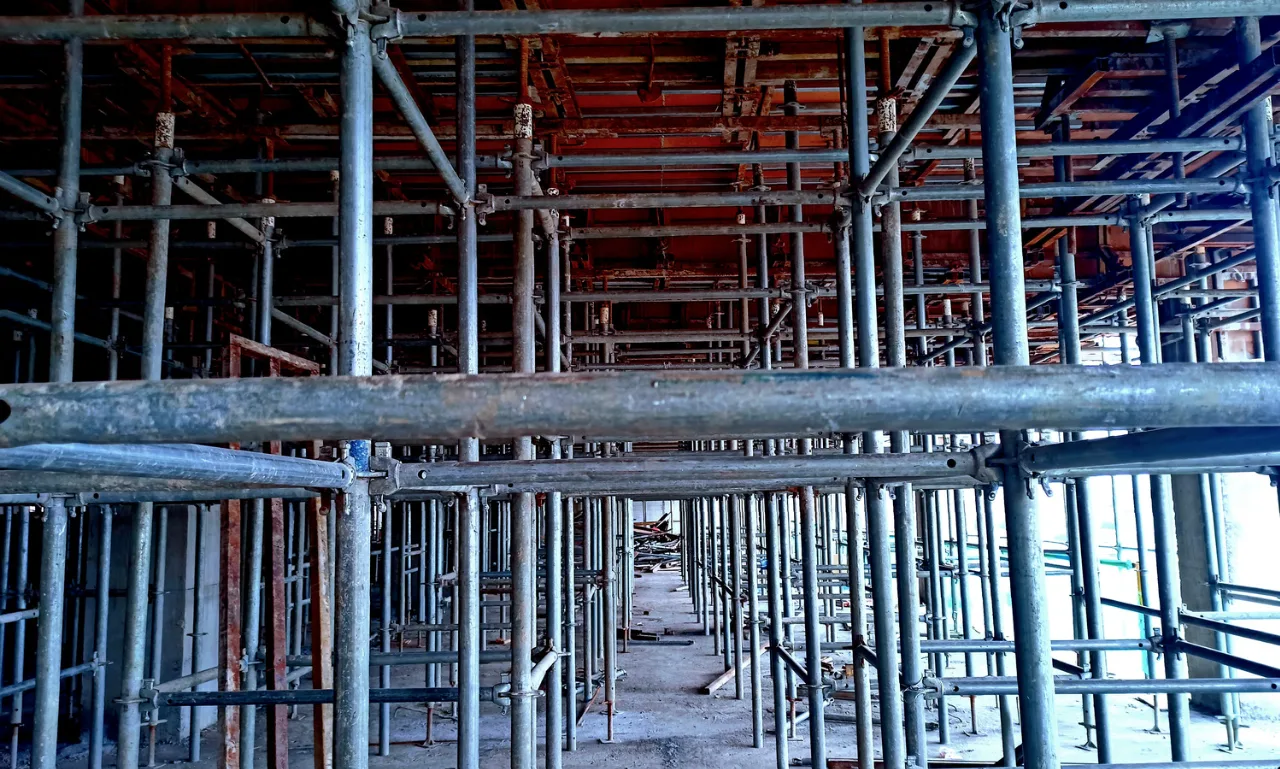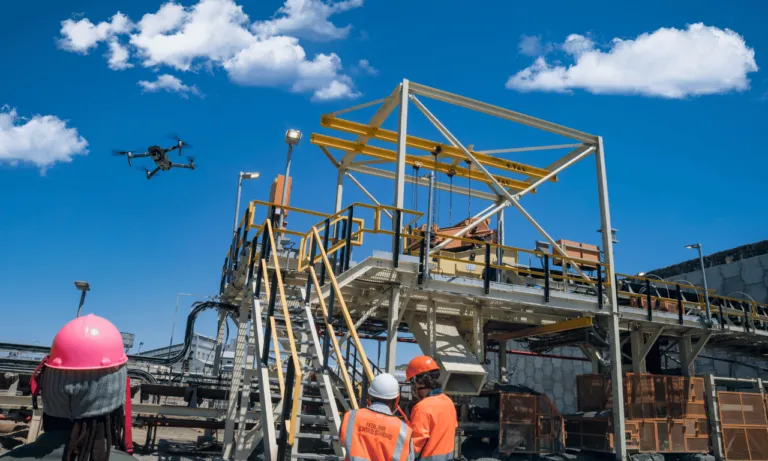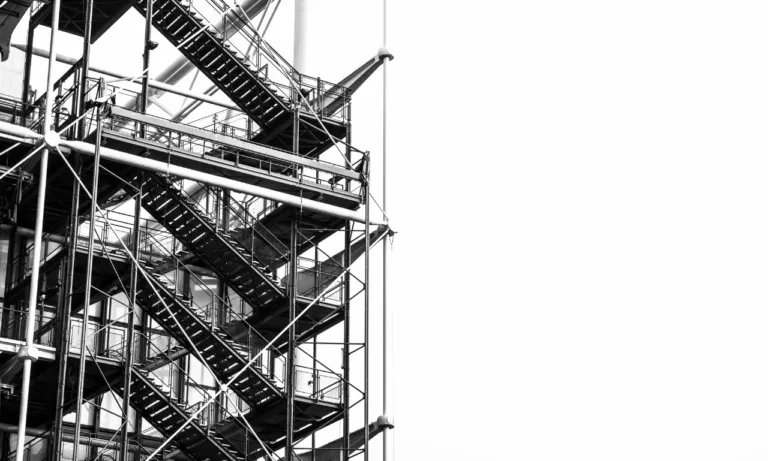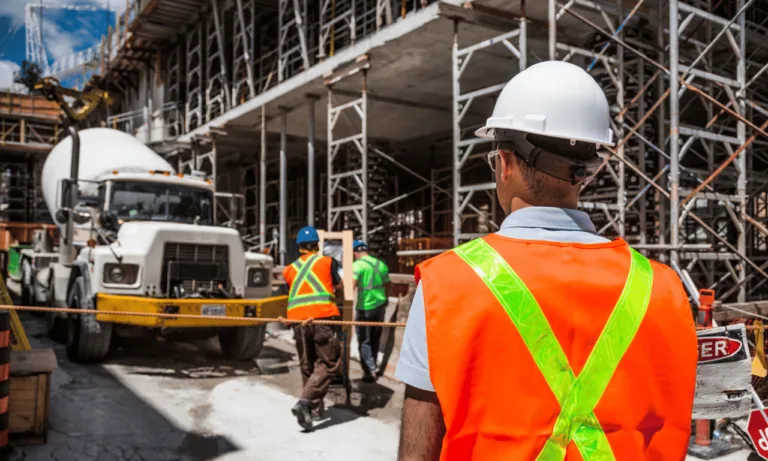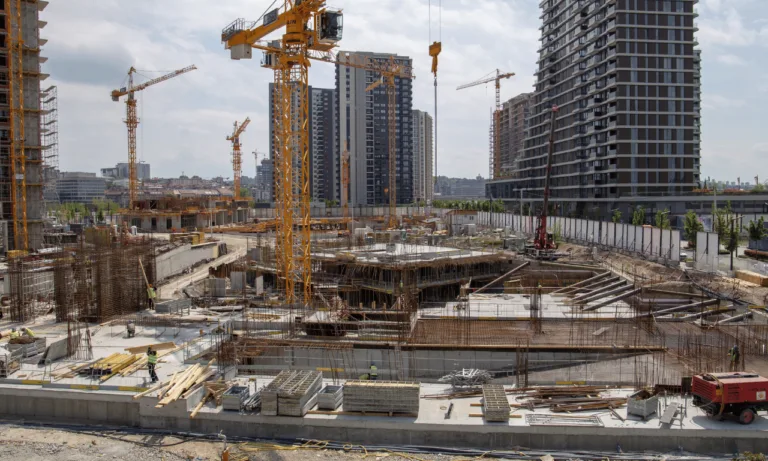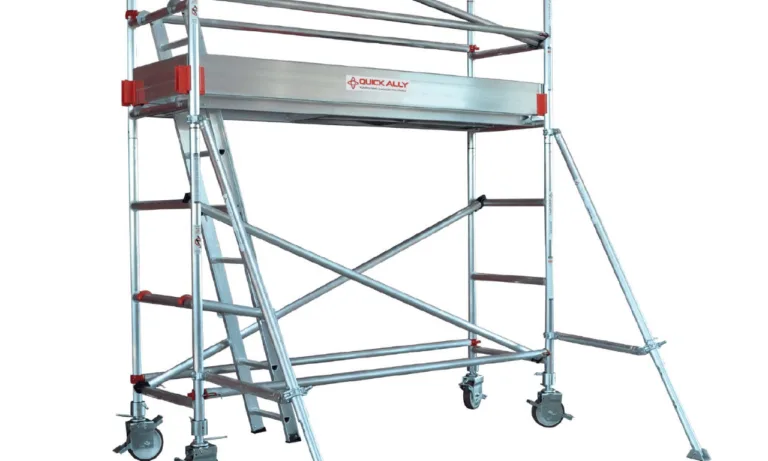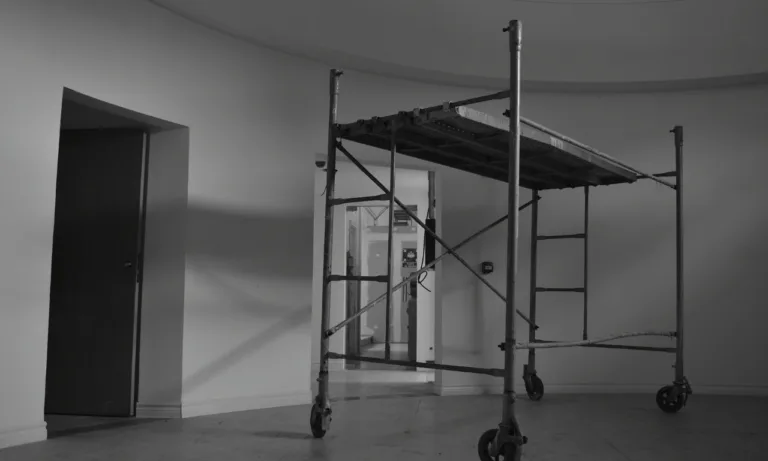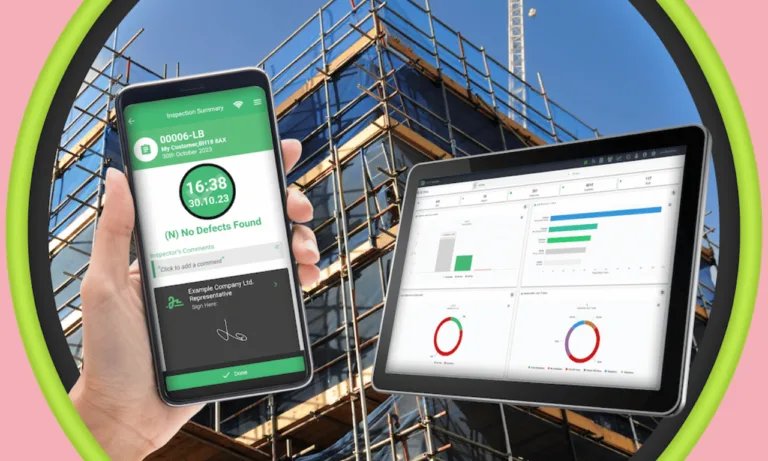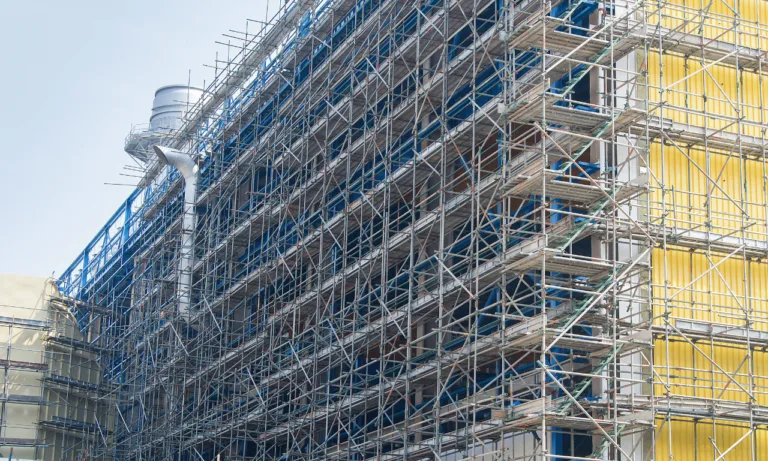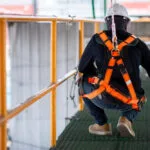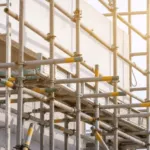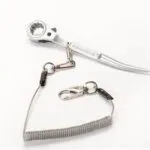Phone:
(+65)8319-0742
Formwork and shuttering scaffolding are integral components of the construction industry. They are used to shape and support wet concrete during the construction process, ensuring that it achieves the desired shape and strength. Formwork includes various elements such as forms, frames, bracing, and foundations, which all play a crucial role in creating safe and efficient construction projects.
When it comes to construction formwork, careful planning and design are necessary. A competent formwork designer should be consulted to ensure the system meets regulatory requirements and prioritizes safety. Formwork drawings should incorporate details such as formwork joints, ties, framing, and sealing procedures, allowing for seamless construction. Additionally, the use of safe work method statements (SWMS) is vital for high-risk construction work involving formwork.
Key Takeaways:
- Formwork is essential for shaping and supporting wet concrete during construction.
- A competent formwork designer should be consulted for safe and efficient construction projects.
- Formwork drawings should include detailed information about joints, ties, framing, and sealing procedures.
- Safe work method statements (SWMS) are crucial for high-risk construction work involving formwork.
- Choosing reputable suppliers and considering formwork design and shuttering equipment are important for those in need of formwork equipment.
Design Considerations for Formwork Systems
A well-designed formwork system is crucial for ensuring the ease of construction and the safety of workers. When considering the design of a formwork system, several important factors should be taken into account:
1. Formwork Design:
The design of the formwork should be carried out by a competent professional who understands the project requirements. Proper formwork design helps in achieving structural stability, efficient construction, and cost-effective solutions.
2. Formwork Materials:
The choice of formwork materials is essential to ensure the durability and strength of the formwork system. Commonly used materials include timber, steel, aluminum, and plastic. Each material has its own advantages and disadvantages, and the selection should be based on the specific project needs.
3. Formwork Accessories:
Formwork accessories play a vital role in enhancing the functionality and safety of the formwork system. These accessories include form ties, braces, and connectors. They help to secure the formwork and maintain its position during concrete pouring and curing.
4. Formwork Construction:
The construction of the formwork should follow the design specifications and include proper bracing and tying to ensure stability. It is essential to use rigid and watertight formwork to prevent leakage and maintain the desired shape of the concrete structure.
Formwork drawings should provide detailed information about the formwork design, including the use of proprietary fittings or systems and the inclusion of bond breakers if necessary. The design should also consider the construction methods, vertical pour rates, and potential additional structural loads.
When reusing formwork, it is crucial to retain its strength and verify any variations to the system design by a competent person. By considering these design considerations, construction professionals can ensure the successful and safe implementation of formwork systems.
| Design Considerations | Details |
|---|---|
| Formwork Design | Carried out by a competent professional |
| Formwork Materials | Choose materials based on project needs |
| Formwork Accessories | Include proper ties, braces, and connectors |
| Formwork Construction | Follow design specifications and ensure stability |
Safety Considerations in Formwork Construction
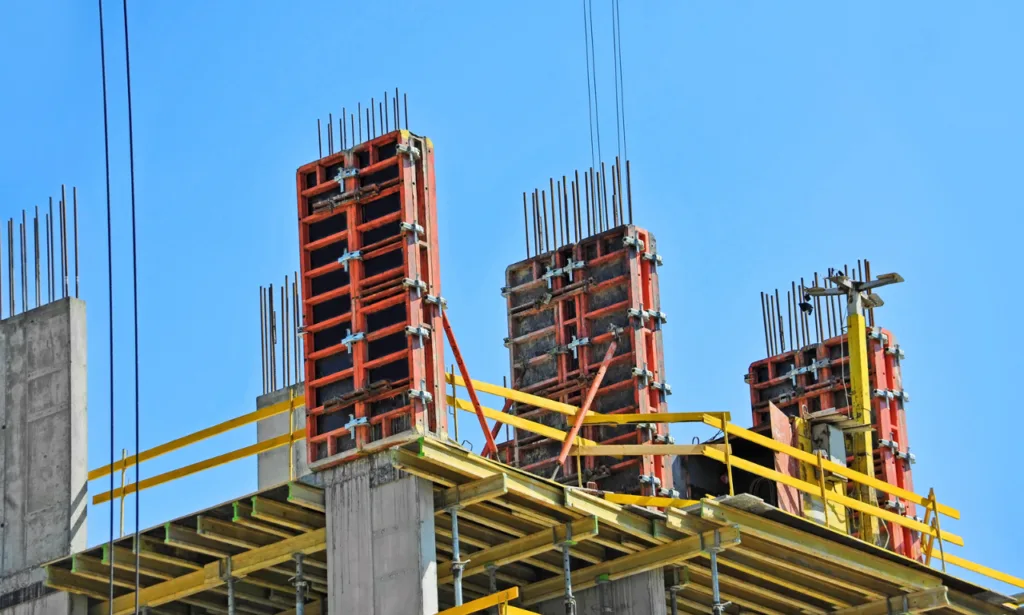
Formwork construction involves various safety risks that need to be addressed. The design of the permanent structure can impact the risk of slips, trips, and falls during formwork construction. Measures such as reducing variations in floor depth, providing suitable access across beam recesses, and minimizing cantilevered floor sections can help mitigate these risks.
Adequate safe access should be provided for wall and column forms, including the use of mobile scaffolding, purpose-built access platforms, or elevating work platforms. Edge protection should also be implemented on the platforms to ensure worker safety. The choice of formwork system should consider stability, strength, and the prevention of falls, falling objects, and manual tasks.
Preventing slips, trips, and falls
- Reduce variations in floor depth.
- Provide suitable access across beam recesses.
- Minimize cantilevered floor sections.
Ensuring safe access for wall and column forms
- Utilize mobile scaffolding.
- Implement purpose-built access platforms.
- Incorporate elevating work platforms.
- Install edge protection on platforms.
Choosing the right formwork system
- Select a system that prioritizes stability and strength.
- Consider a system that helps prevent falls, falling objects, and manual tasks.
By addressing safety considerations in formwork construction, construction professionals can create a safer work environment, reduce accidents, and protect the well-being of workers.
Types of Formwork Systems
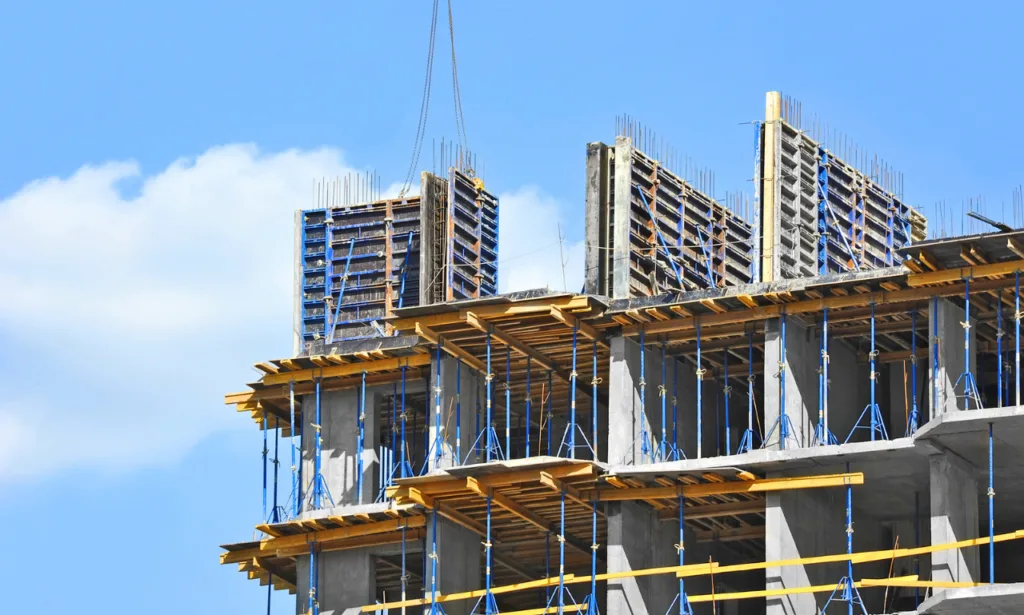
When it comes to construction projects, there are various types of formwork systems available. Each system has its own characteristics and benefits, catering to different project requirements. The two main types of formwork systems commonly used are traditional formwork and modular formwork.
Traditional Formwork
Traditional formwork systems are constructed on-site using materials such as timber or plywood. These systems require the use of scaffolding for support and are commonly used in construction projects where customization is required. Traditional formwork provides flexibility in terms of shape and size, allowing for intricate designs and complex structures.
However, traditional formwork systems can be time-consuming to set up and dismantle. They also require skilled labor and proper onsite coordination. Additionally, the materials used in traditional formwork can have limitations in terms of durability and reusability.
Modular Formwork
Modular formwork systems, on the other hand, are pre-designed and manufactured off-site. These systems are constructed using materials such as steel, aluminum, hardboard, plastics, and plywood. Modular formwork offers advantages in terms of convenience, speed, and efficiency.
One of the key benefits of modular formwork is its lightweight nature, which makes it easier to handle and transport. The modular components can be easily assembled and dismantled, reducing construction time and labor costs. These systems often come with integrated safety features, enhancing worker safety on the construction site.
Modular formwork systems are versatile and can be used for a wide range of construction projects. They offer consistent quality, ensuring uniformity in the structures being built. Additionally, modular formwork systems are known for their durability and reusability, making them a cost-effective option in the long run.
When choosing a formwork system, it is important to consider factors such as the safety of workers, the complexity of the project, and the ease of construction and dismantling. The decision should be made based on the specific requirements and constraints of the construction project.
Conclusion
Formwork and shuttering scaffolding are integral to the construction industry, providing the necessary support and shape for concrete structures. The design of formwork systems must adhere to regulatory standards and prioritize safety. When choosing formwork materials and systems, factors such as strength, durability, reusability, and ease of construction should be considered. Additionally, implementing proper safety measures is crucial to prevent accidents such as slips, trips, and falls.
By following best practices in formwork design and utilizing reliable shuttering equipment, construction professionals can ensure the construction of strong and secure structures. It is recommended to consult reputable suppliers for formwork equipment, taking into account options for both formwork design and scaffolding rental. By doing so, construction projects can proceed smoothly, with a focus on efficiency, safety, and quality.
FAQ
What is formwork and shuttering scaffolding?
Formwork and shuttering scaffolding are essential components used in the construction industry to shape and support wet concrete until it becomes self-supporting.
Why is formwork design important?
Formwork design is crucial for ensuring the safety and efficiency of construction projects. It involves elements such as forms, frames, bracing, and foundations, and considerations such as temporary work platforms and regulatory requirements.
What should be included in formwork drawings?
Formwork drawings should include details such as formwork joints, ties, framing, and sealing procedures. They should also specify the use of proprietary fittings or systems and the inclusion of bond breakers if necessary.
What safety measures should be considered in formwork construction?
Safety measures in formwork construction include providing safe access, minimizing variations in floor depth, implementing edge protection, and ensuring stability, strength, and prevention of falls and manual tasks.
What are the types of formwork systems?
The types of formwork systems include traditional formwork made from timber or plywood, and modular formwork systems which are pre-designed and manufactured off-site using materials such as steel, aluminum, hardboard, plastics, and plywood.
How can I ensure strong and safe structures in formwork and shuttering scaffolding?
To ensure strong and safe structures, it is important to follow best practices in formwork and shuttering scaffolding, choose reputable suppliers, consider formwork design, and evaluate shuttering equipment and scaffolding rental options.
